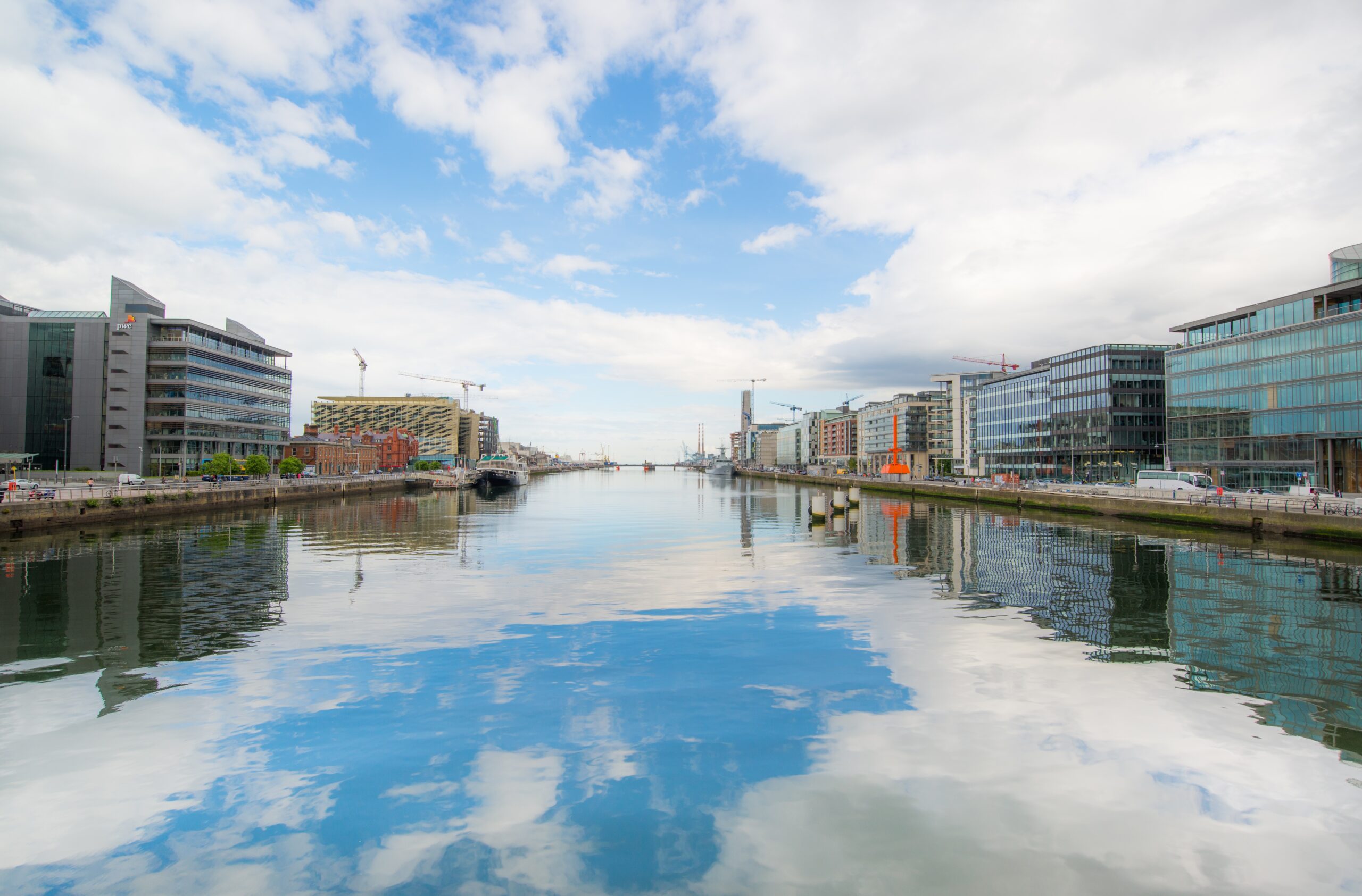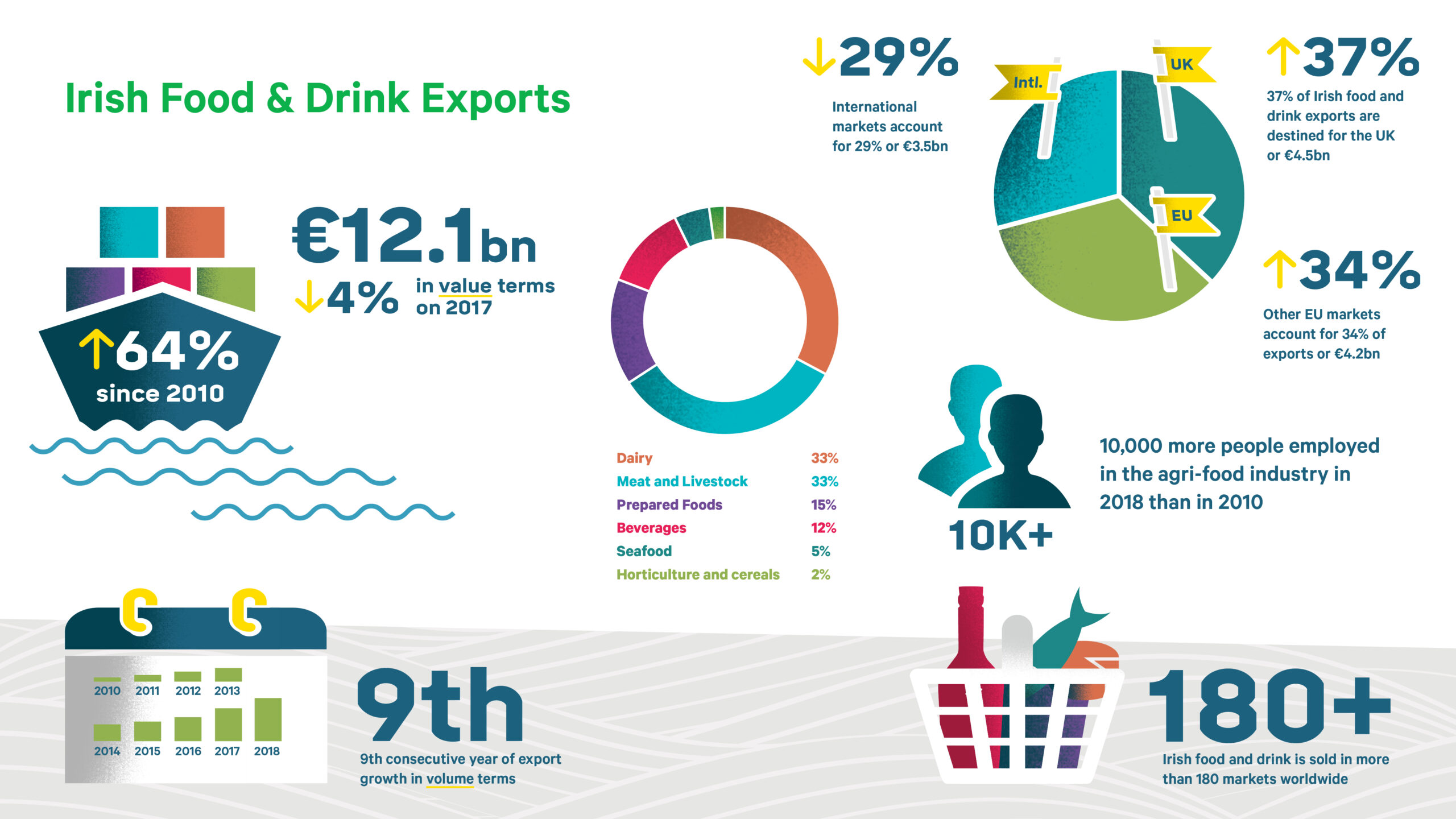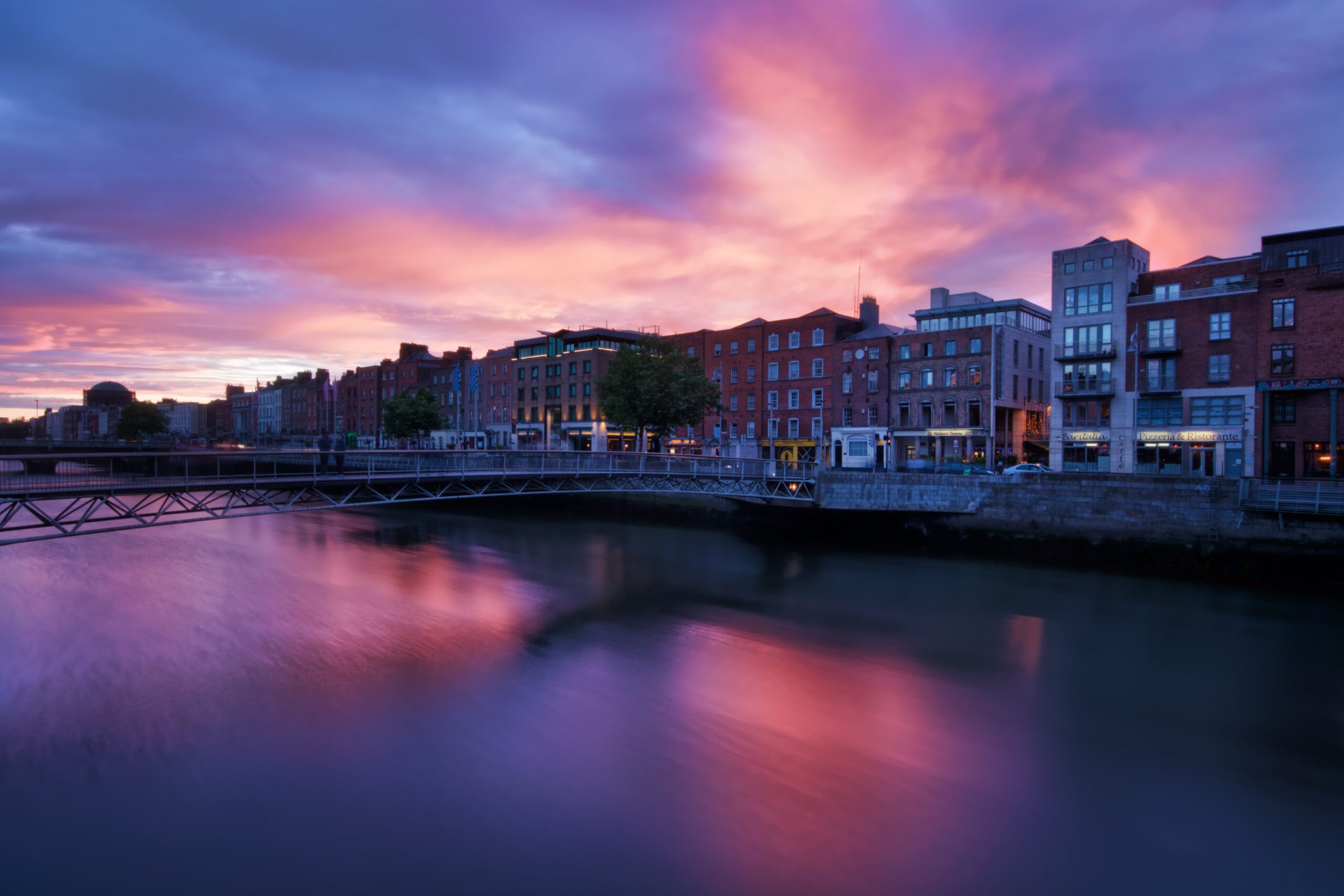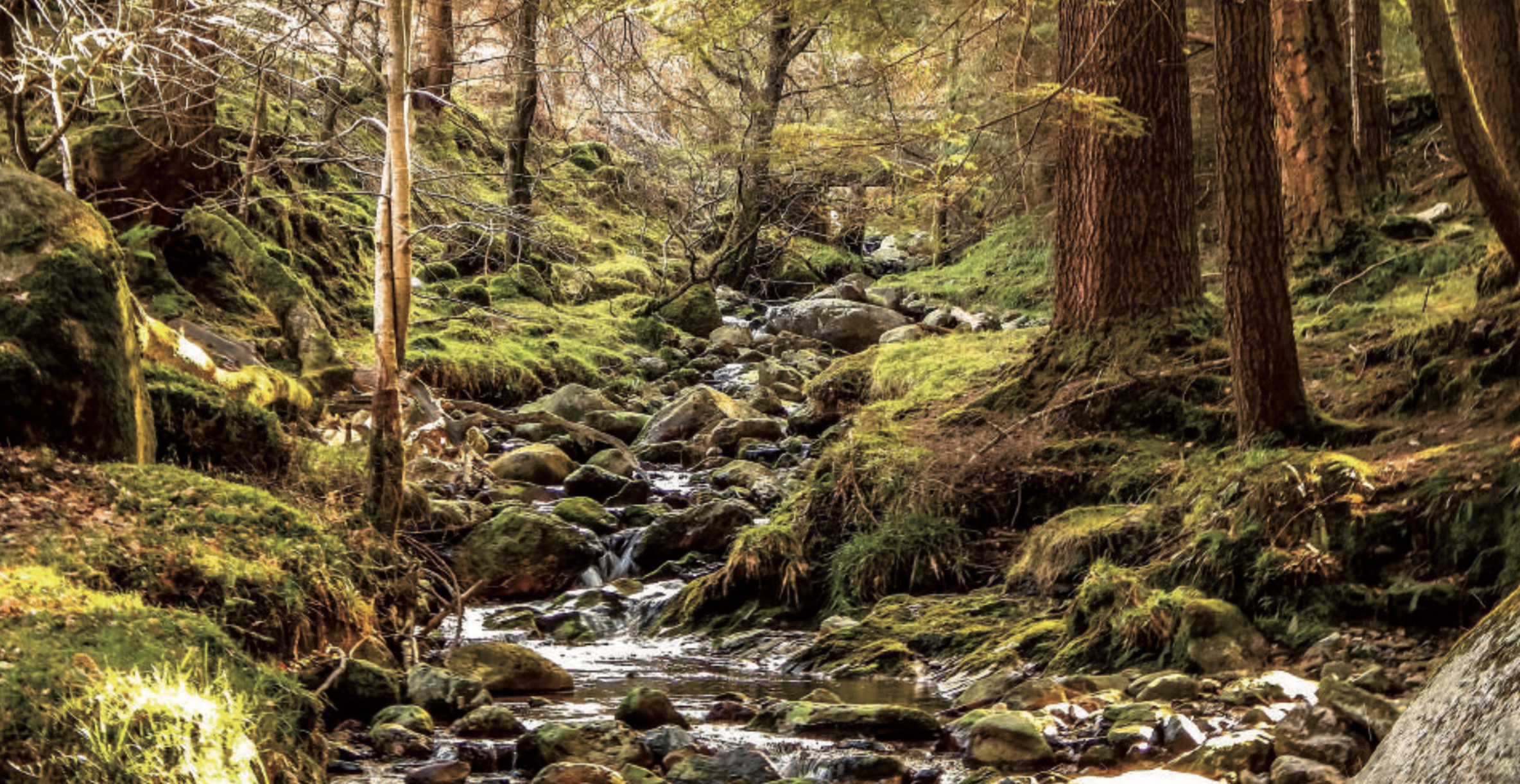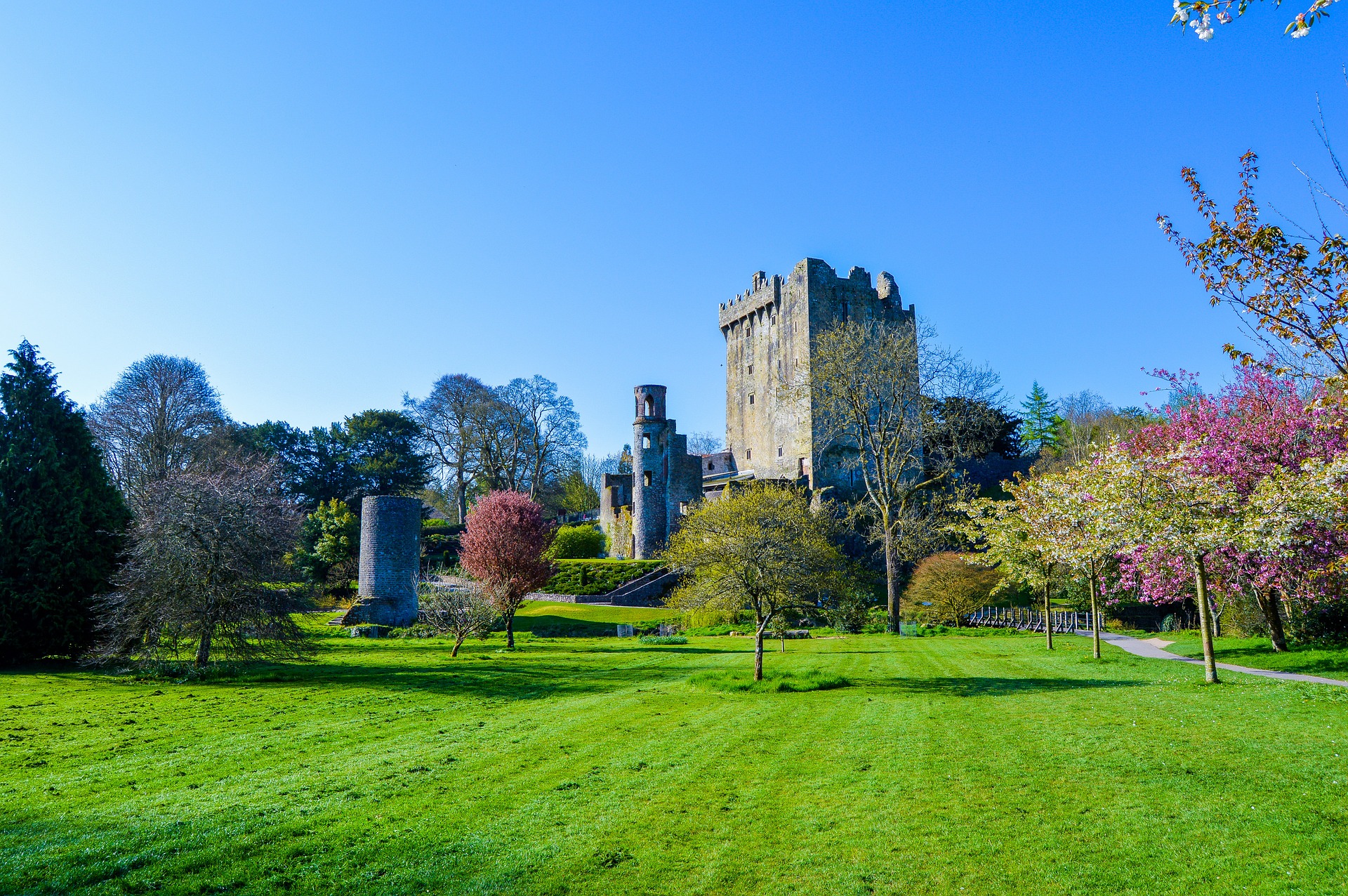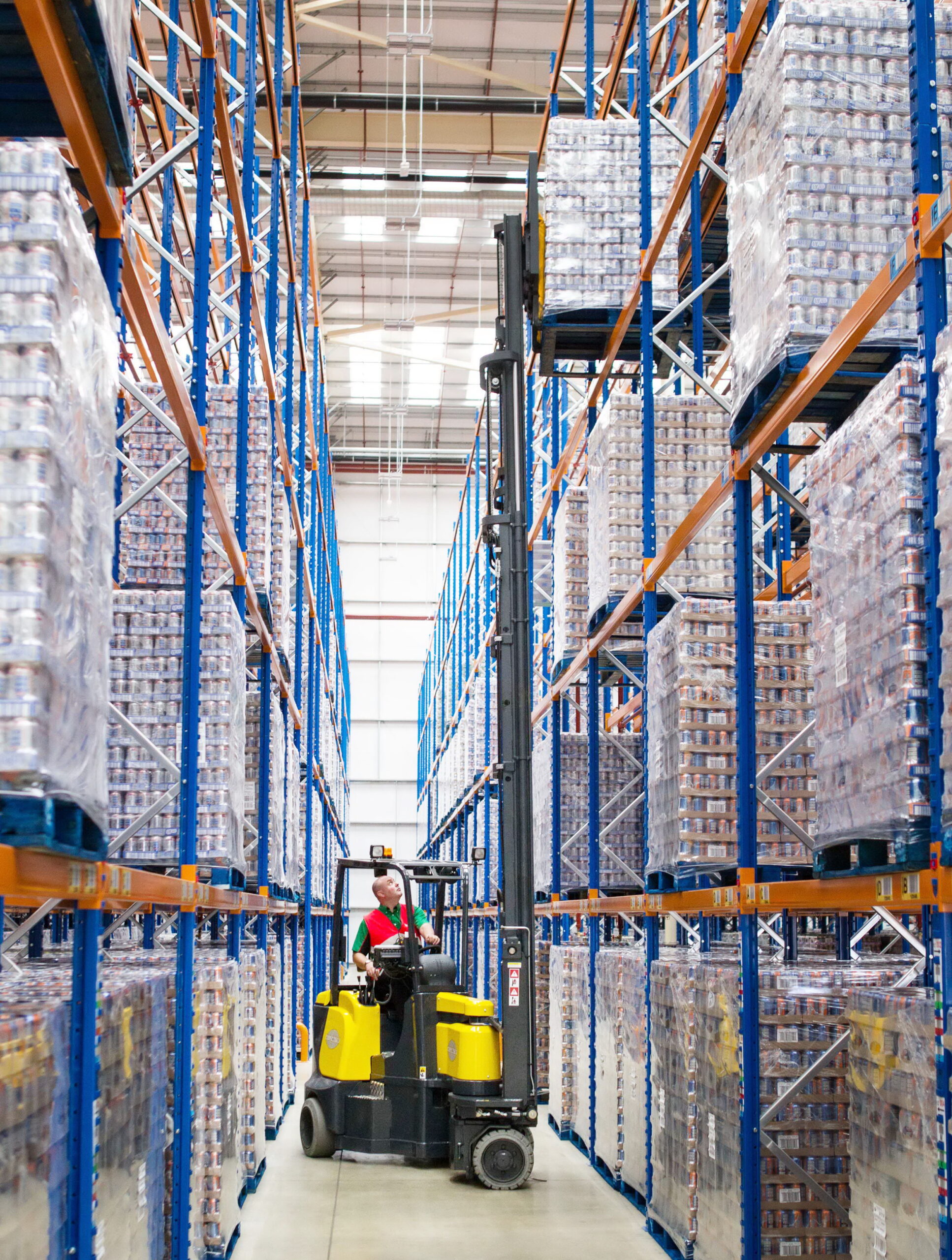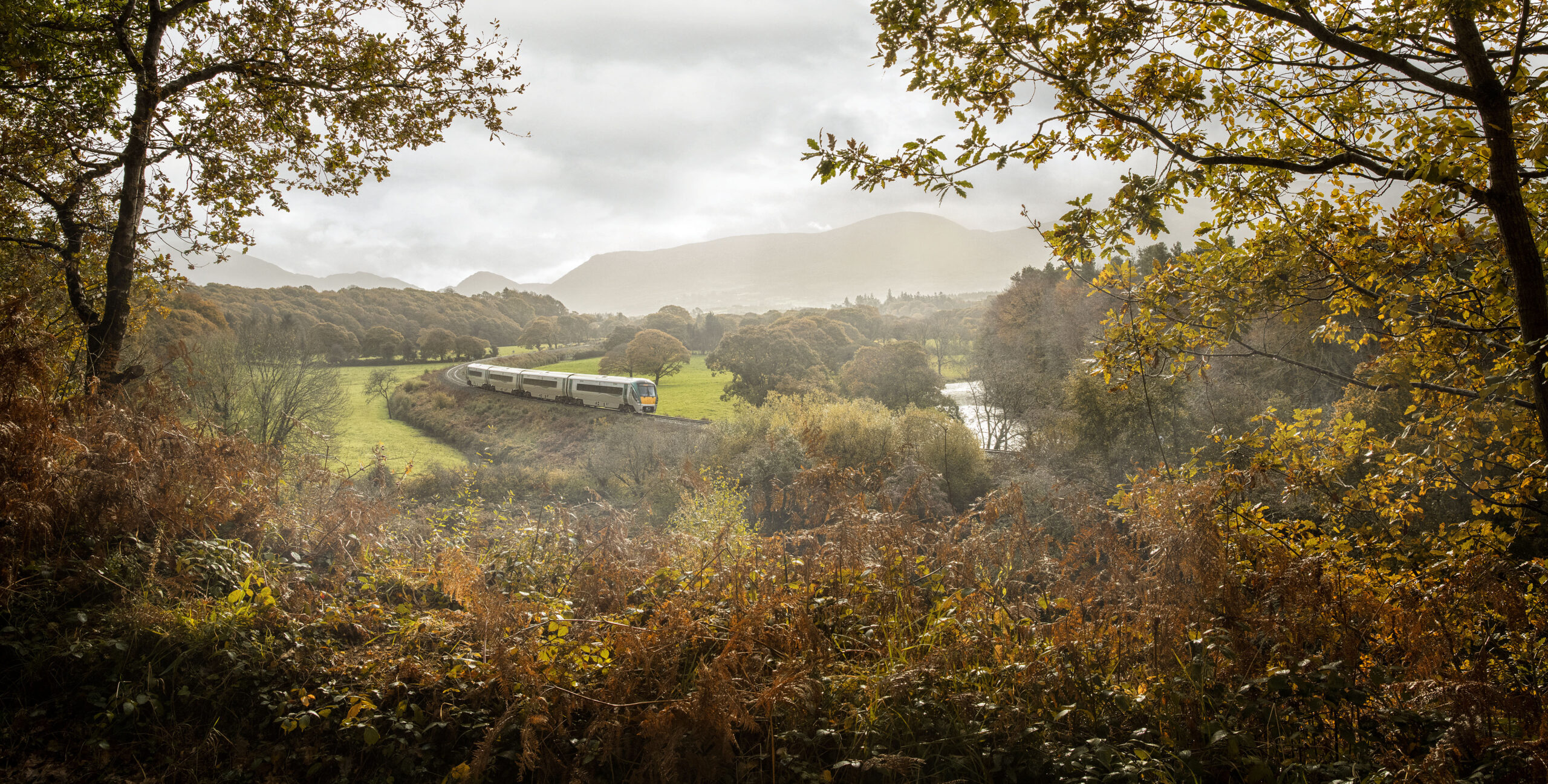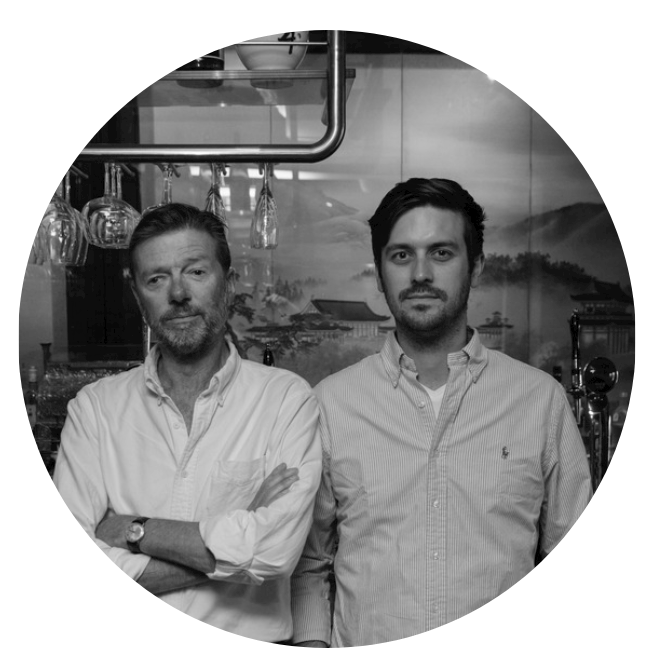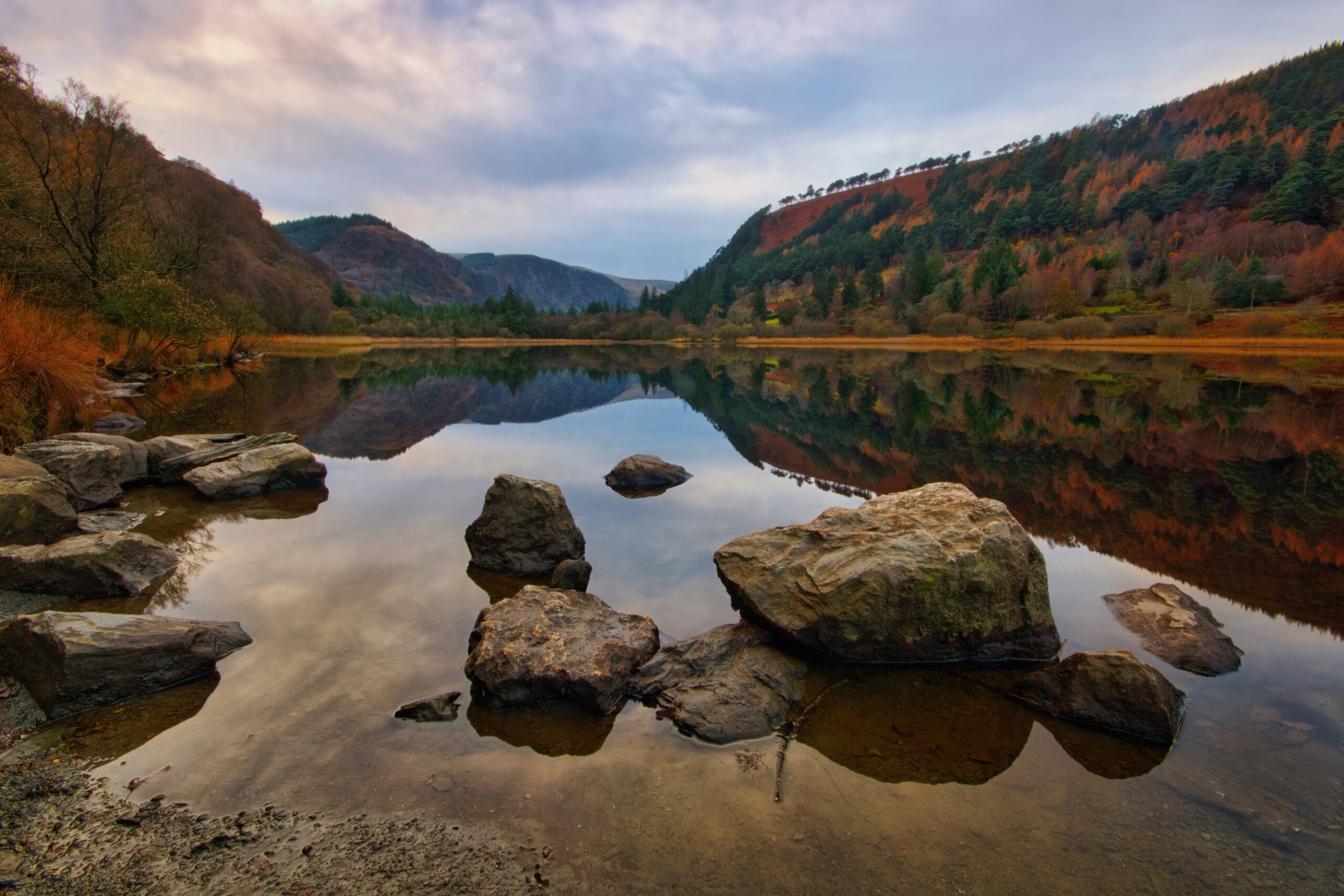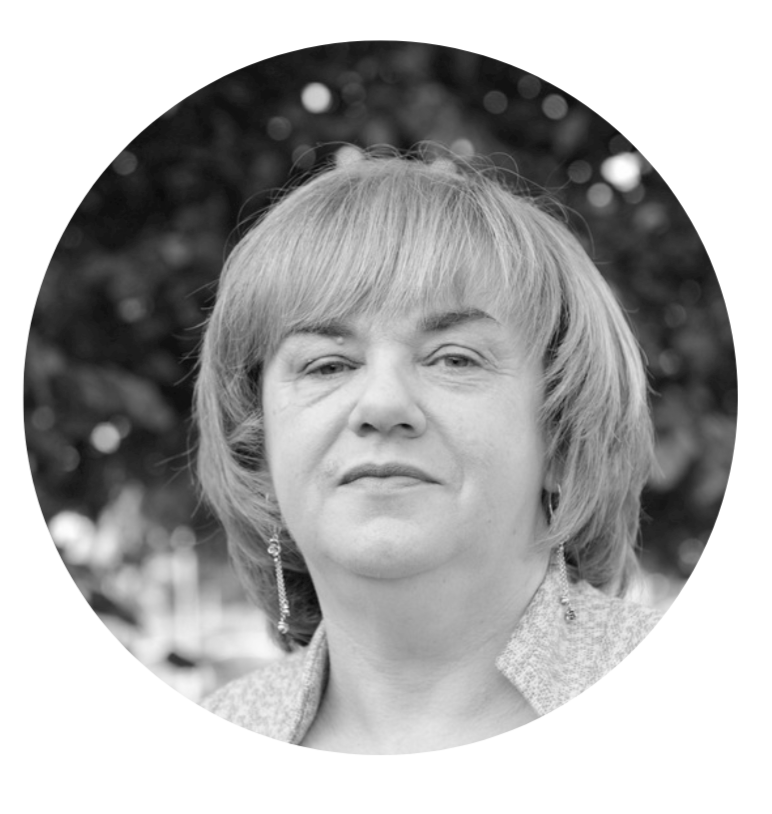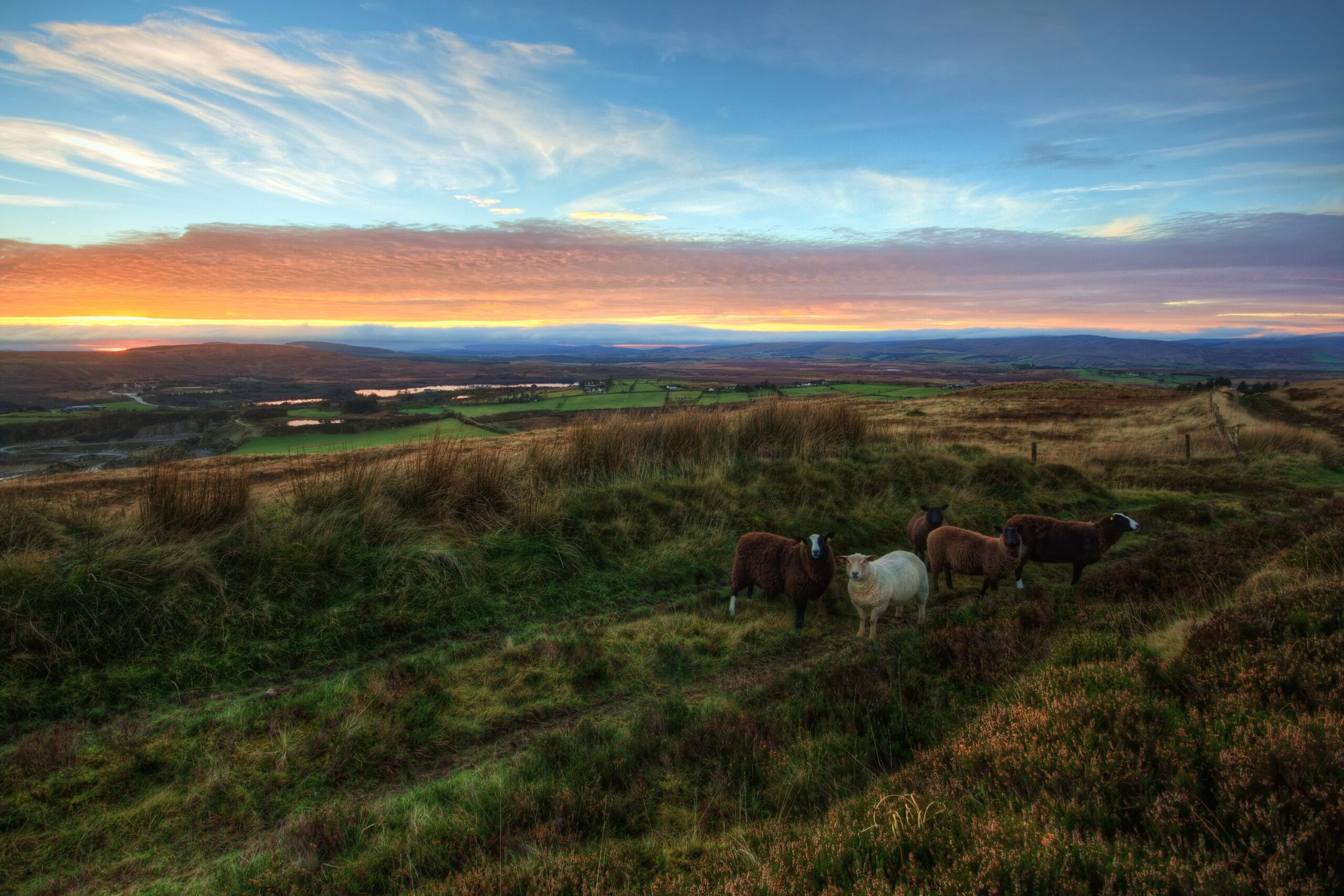Key factors drive the nation’s life sciences industry

Ireland has been a hotspot for many industries in recent decades, but few are as promising as the life sciences sector. Since the 1960s, Ireland has been nurturing this sector’s ecosystem, which has grown into a major global player in the field. In Ireland, the life sciences industry has benefited from both native companies as well as from large-scale multinationals establishing operations in the country.
Nine of the world’s top ten pharmaceutical companies have a presence in Ireland today including multinational giants – American Johnson & Johnson, Swiss Roche, Danish Novo Nordisk, Israeli Teva, and Japanese Takeda. Ireland has become the world’s third-largest exporter of pharmaceuticals, with its exports in this field reaching an annual total of EUR 80 billion.
Several factors have contributed to Ireland’s meteoric rise in life sciences. One of the most important is Ireland’s innovative talent pool – the country’s population is among the youngest and most highly educated in all of Europe. Irish universities work closely with the life sciences sector, creating a constant pool of talent for businesses in the industry.
Financial support for scientific research is also strong in Ireland. As part of its National Development Plan – Project Ireland 2040, the nation’s government has put EUR 9.4 billion towards research. This funding is intended to support Ireland’s status in the life sciences industry, and other sectors for years to come.

Takeda Ireland General Manager, Shane Ryan, spoke about how these factors have made Ireland an ideal place for companies in the life sciences industry to operate, “Ireland is a small country, but we have everything one would need to be able to establish and grow a business. There is a great deal of governmental and state agency support available to facilitate this. Another key factor helping us stay competitive is the relative age of our workforce – Ireland has the highest proportion of people under 25 in Europe. Irish workers are also highly educated, and more than half of our 30- to 35-year-olds have higher university qualifications, more than the EU average.”
Takeda is Asia’s largest pharmaceutical company, with a history in Japan dating back 240 years. The company has been active in Ireland since October 1997 when its formation plant in Bray, Wicklow opened to manufacture cardiovascular medicines. The plant has since expanded significantly and it now runs around the clock producing some of Takeda’s innovative treatments.
Another Takeda Ireland facility opened in July 2009. Based in Grange Castle, this facility handles the manufacturing of Active Pharmaceutical Ingredients (APIs), helping Takeda develop and launch new products. In April 2021, the International Society for Pharmaceutical Engineering (ISPE) recognized this facility as its winner in the “Facility Integration” category of the 2021 Facility of the Year Awards.
Today, Takeda is the largest Japanese company active in Ireland, with four sites in Ireland that employ a combined total of over 800 people. As one of the nation’s leading biopharma companies, it plays a key role in the local economy. Takeda remains patient-focused, values-based, and R&D-driven. The company’s Irish R&D and manufacturing portfolio have an impact on people’s lives across the globe, bringing critical treatments to patients locally and worldwide.
In February 2021, the company announced plans to expand its Irish Grange Castle facility. The EUR 36 million expansion project will expand Takeda’s cell therapy production capabilities and add roughly 100 jobs to the local economy in the next three years. According to Ryan, the expanded facility will not only be the first of its kind in Ireland, but among the first in all of Europe.
Over the past few years, the Irish life sciences sector has been faced with no shortage of hurdles, ranging from Brexit to the COVID-19 pandemic. However, the industry has been able to overcome these problems and is now stronger than ever before.
Ryan said regarding the future of the sector in Ireland, “Ireland’s life sciences industry is in a robust situation – we have had challenges in the last few years that have tested our strength, and the sector has proven very resilient. Considering how rapidly Ireland has evolved as a manufacturing base, I am sure we can meet any challenges on the horizon and am optimistic about its potential. Takeda values Ireland as a hub for commercial services and manufacturing, and we have ambitions to continue to grow our footprint in the country.”


